Change is inevitable. It’s part of life, but sometimes, how things change and develop catches us off guard.
When things just aren’t working out, it may be time to go back to the drawing board and think again. Perhaps it’s not that at all, but a change of times that propels a business into a different field.
Whatever the reason, some well-known companies started as different entities. Let’s see if any of these surprise you with their origin stories.
1. Nintendo
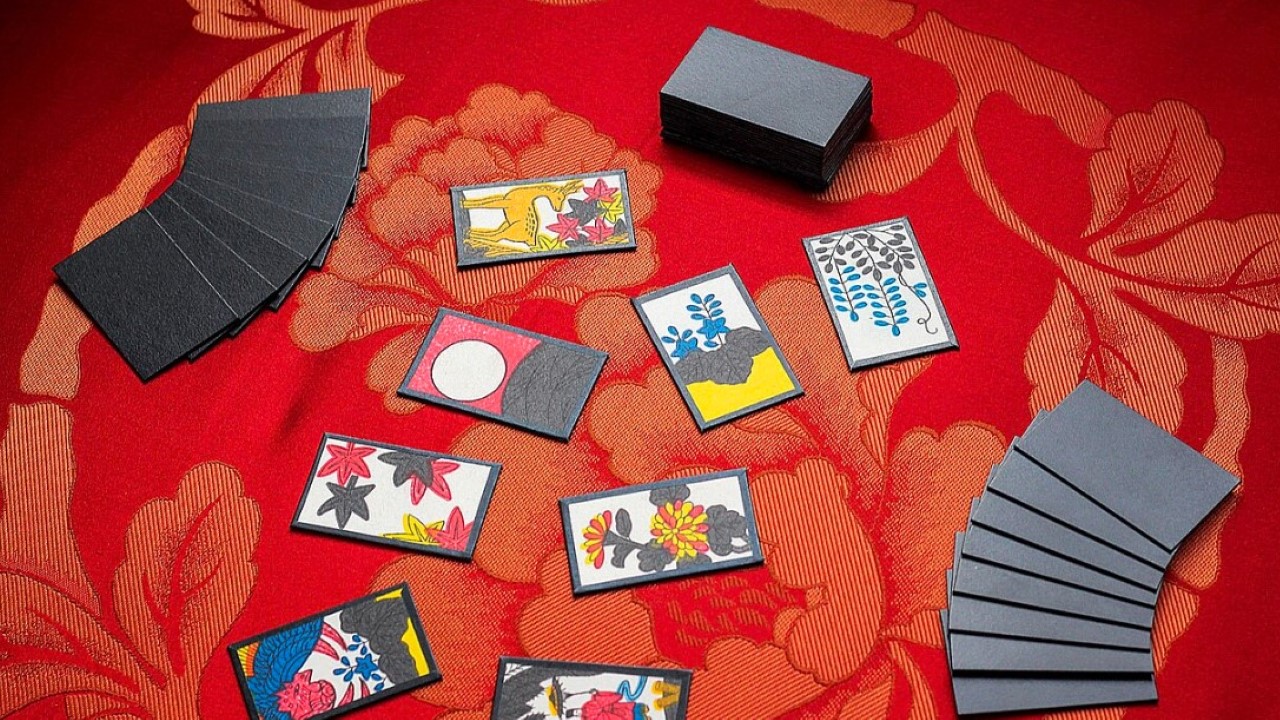
Today, Nintendo is a household name and popular with video game fans. The name is related to things like Super Mario Bros. or the Nintendo Switch, but the Japanese company’s story started in the 19th century.
Founded in 1889 in the picturesque Japanese city of Kyoto, Nintendo manufactured playing cards known as “Hanafuda,” but that wasn’t all. The owners ventured into the instant rice market and ran a taxi company before moving on to toys and, later, video games.
2. Avon
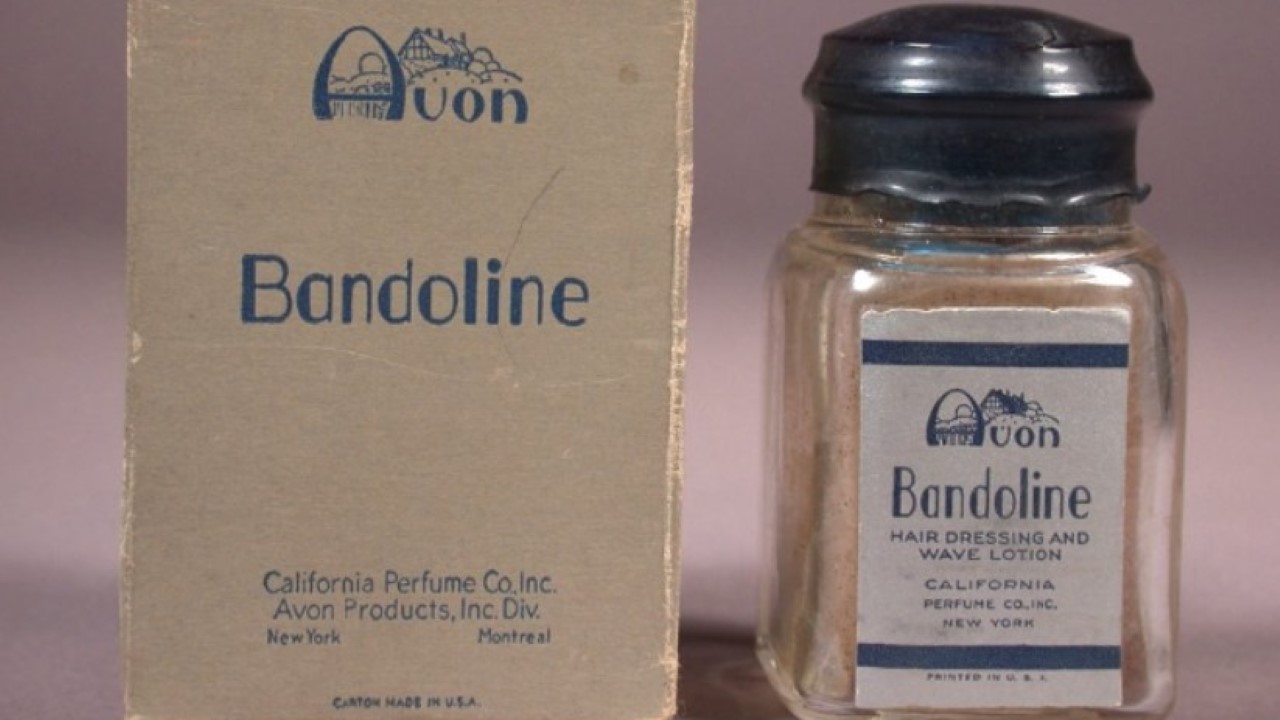
“Ding dong. Avon calling!” This is a catchphrase that people in many countries would understand. The local Avon lady came to the door with brochures and beauty products.
The multi-level marketing company started life as the California Perfume Company in 1886. Its market was aimed at women in rural communities, many of whom didn’t have a nearby department store or other outlet where they could purchase perfume. In 1939, it was renamed Avon in an effort to create a more modern image.
3. Wrigley

The Wrigley brand seems as old as time, and they always sold chewing gum, right? No. Actually, they started out selling soap with a side of baking powder. That’s pretty weird.
At 13, William Wrigley Jr. was a traveling salesman for his father’s soap company. While in Chicago in 1891, he gave away baking powder as a bonus offer for the soap sold. The following year, he sold baking powder and gave away chewing gum as a bonus.
4. Nokia
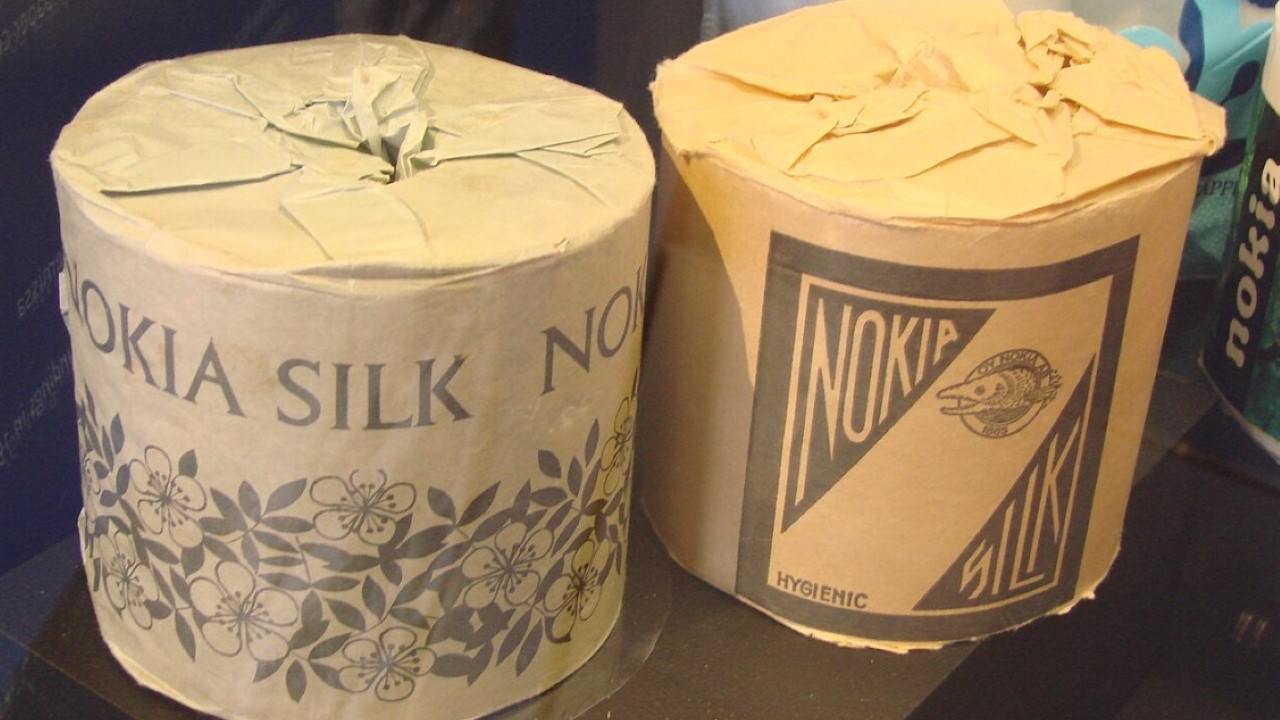
Did you think Nokia was a Japanese company? I did. It’s Finnish, however, and it was the cell phone of choice during the late ’90s and early ’00s. When smartphones appeared on the scene, the company couldn’t keep up.
You’d think they knew how to change with the times, given that the company started as a paper mill in Tampere, Finland, and expanded to the town of Nokia in 1871.
5. Tiffany & Co.
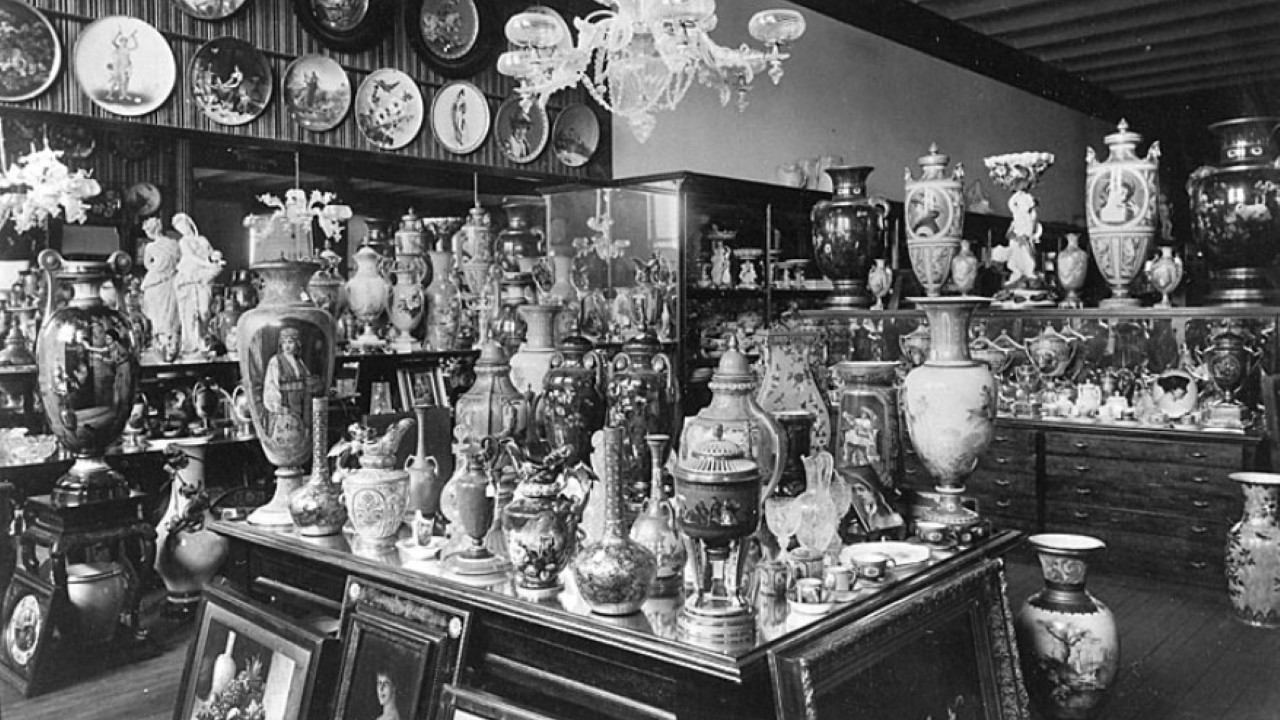
The first Tiffany store opened in New York City in 1837, and its first day’s profit was $4.98 — even with inflation, that’s not outstanding. The store sold a range of stationery and luxury goods.
In 1845, the company introduced a direct mail catalog with a range of jewelry. Several years later, it was renowned for its silver and diamond offerings.
6. YouTube

Back in the ’80s, video was king, and dating agencies thought it was a great idea to record potential suitors. Then, those looking for a date could browse through potentials via TV screens.
Fast-forward to the internet age. Founders Steve Chen, Jawed Karim, and Chad Hurley thought they were onto something similar with home computers. Perhaps they would have been overtaken by Tinder if they hadn’t become the platform for sharing videos and the original content producers they are today.
7. Instagram
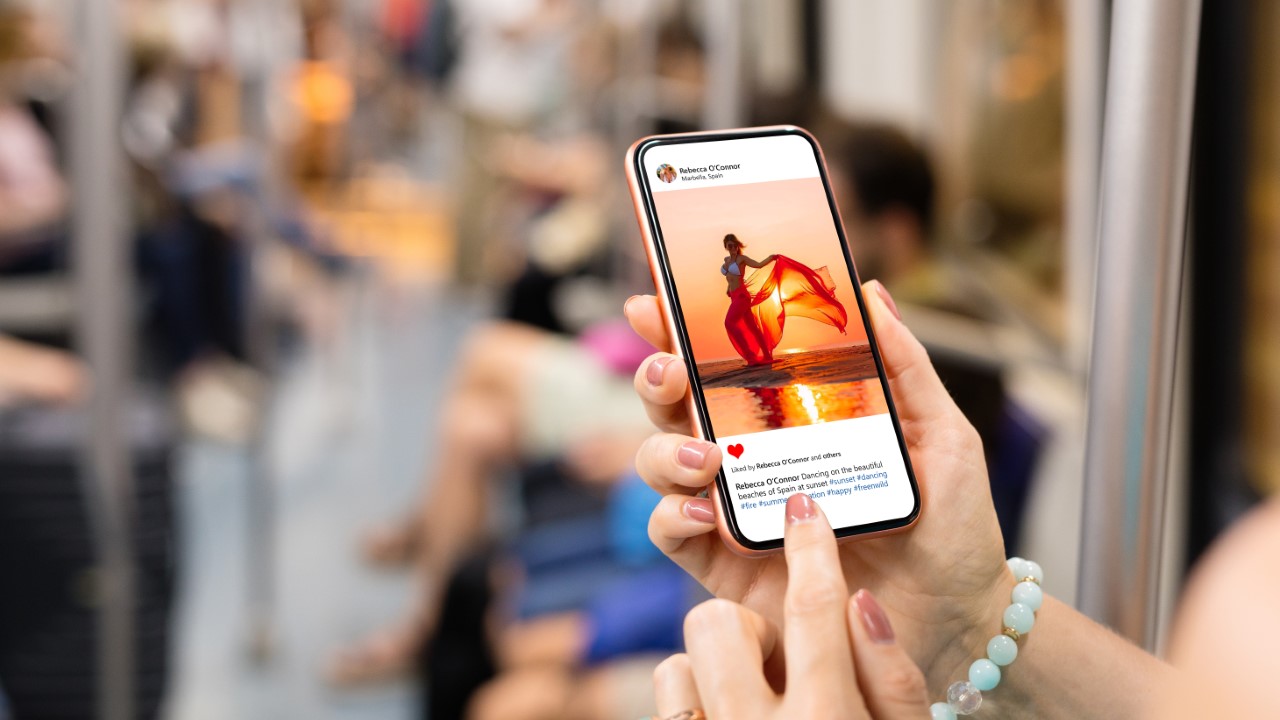
Remember the Facebook check-in? It still exists, but I don’t know anyone who actually uses it anymore. Instagram started life as an app called Burbn. It was developed as a check-in app where people could share their location and photos with friends and family.
The creator, William Systrom, attended a party and showed Burbn to some people there. After a whirlwind of meetings and adding new partners, they focused on the photography aspect, and Instagram was born.
8. Amazon

Amazon was once a competitor with Barnes and Noble. Its massive e-commerce enterprise started life as an online bookseller in 1995.
Founder Jeff Bezos toyed with calling it “Cadabra,” as in “Abracadabra,” but changed his mind when it was misheard as “cadaver.” By 1998, Amazon was branching out into more than just books.
9. Play-Doh

Every kid has fun memories of creating things out of Play-Doh, but there’s a chance that may never have happened. Play-Doh started life as a wallpaper cleaner. It was rolled across the surface to collect dirt and grime.
Creator Joe Vickers discovered that teachers were looking for something kids could work with because other substances, such as modeling clay, were too hard. Soon, he found he was selling more Play-Doh to schools than to people wanting to clean their walls. The rest is history.
10. Twitter
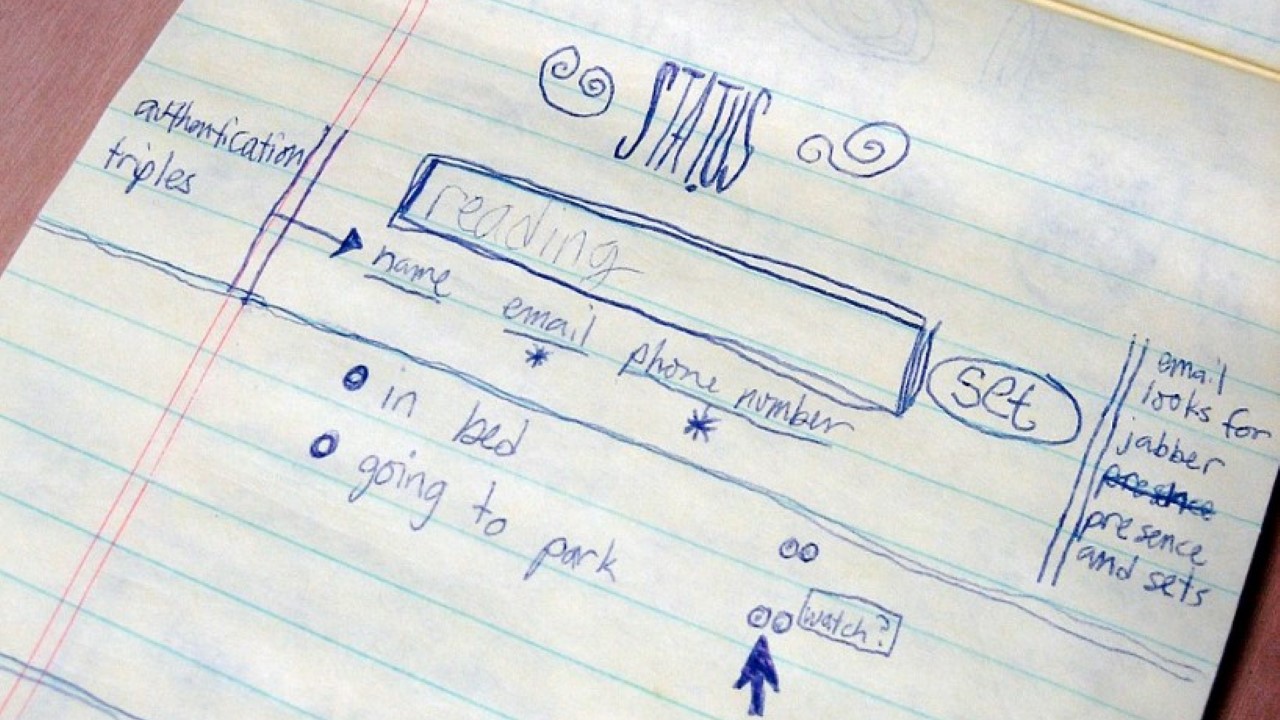
Have you ever wondered why Twitter is based on micromessages? Before 2015, users could only send messages in 140 characters or fewer. That’s because the social media platform was initially meant to be an SMS-based system.
The service started in 2006 — before the advent of smartphones. When it became an app, it retained its character limit. It has changed owners several times to become what it is today.
11. Discord
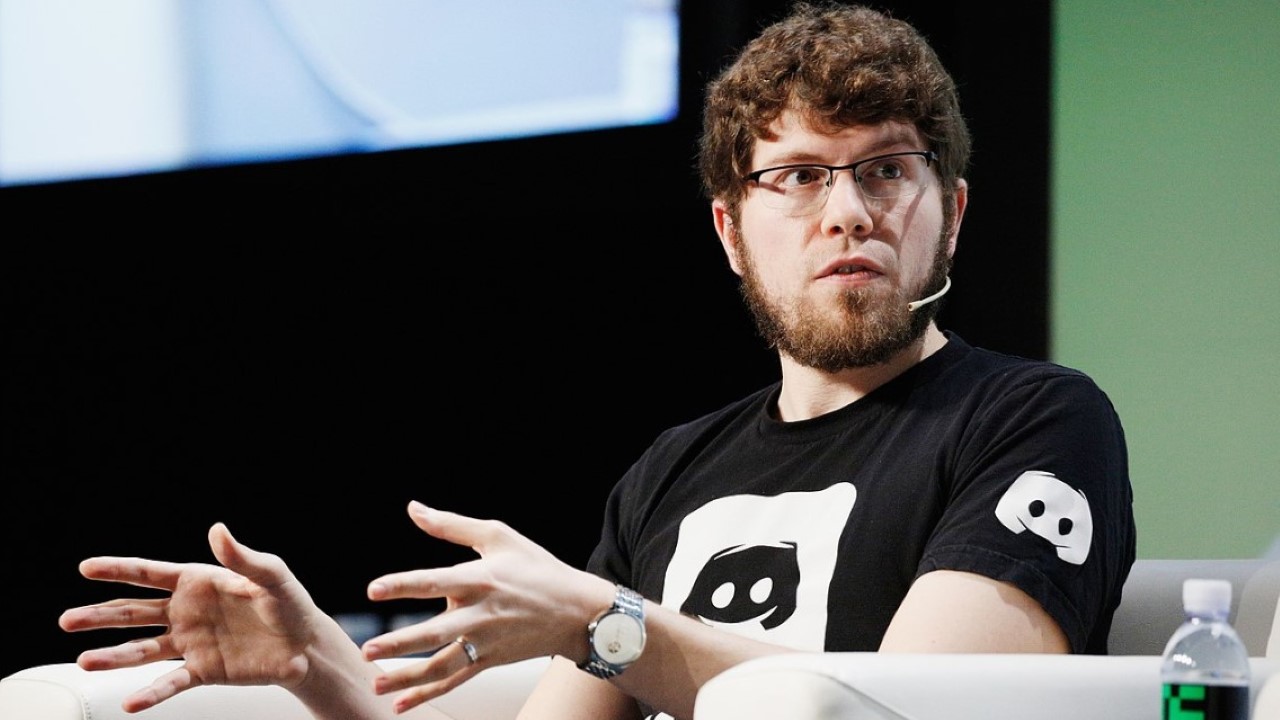
A friend overseas suggested I get the Discord app in 2019 as an easy way to communicate. One of my children was puzzled because it was a gamers’ app, and I wasn’t a gamer. However, many people discovered ways to communicate on Discord during the pandemic, and plenty of communities have since been created that aren’t gaming-related.
According to The New York Times, creator Jason Citron created an unsuccessful game using a chat app. He removed the game but kept the app features. Today, it’s valued at more than $14 billion.
12. Colgate
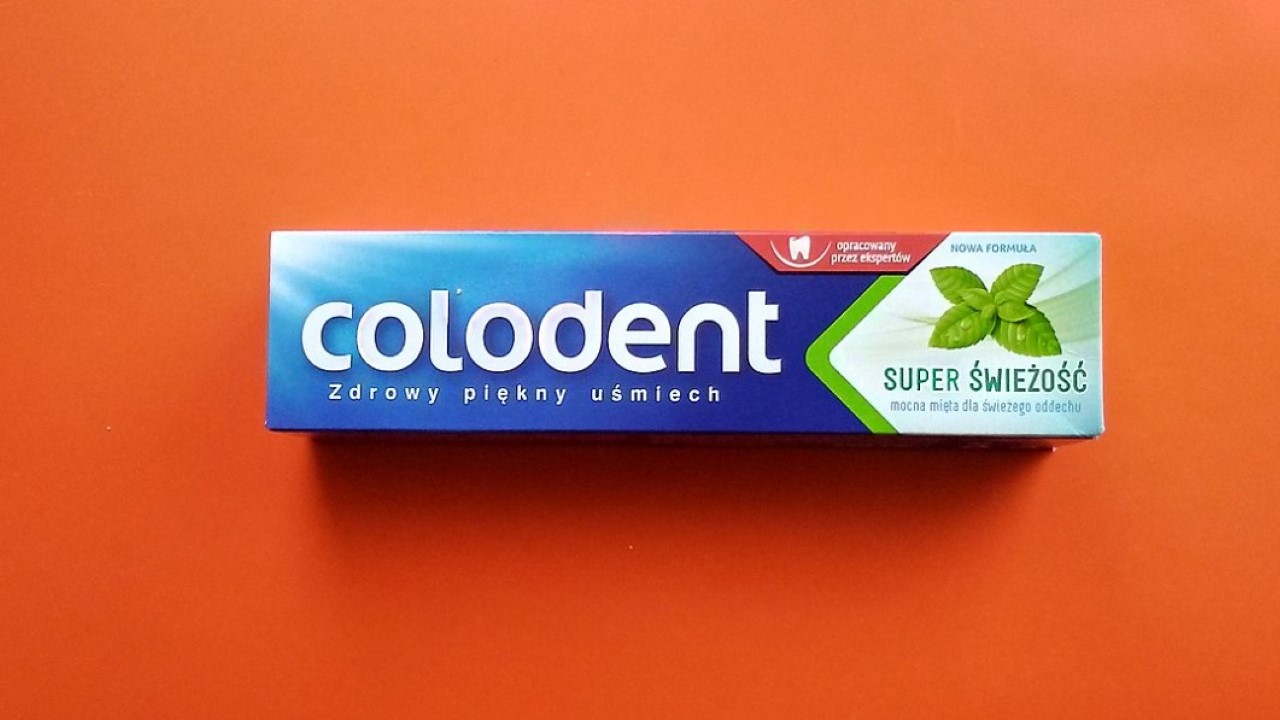
“Only your dentist can give teeth a better fluoride treatment,” was the slogan touted on our TV screens in the 80s. The brand and clean teeth go hand in hand.
Over 200 years ago, William Colgate started a starch, soap, and candle business in New York City. In 1873, they started selling toothpaste. They still have a connection to soap through Palmolive.
13. Flickr
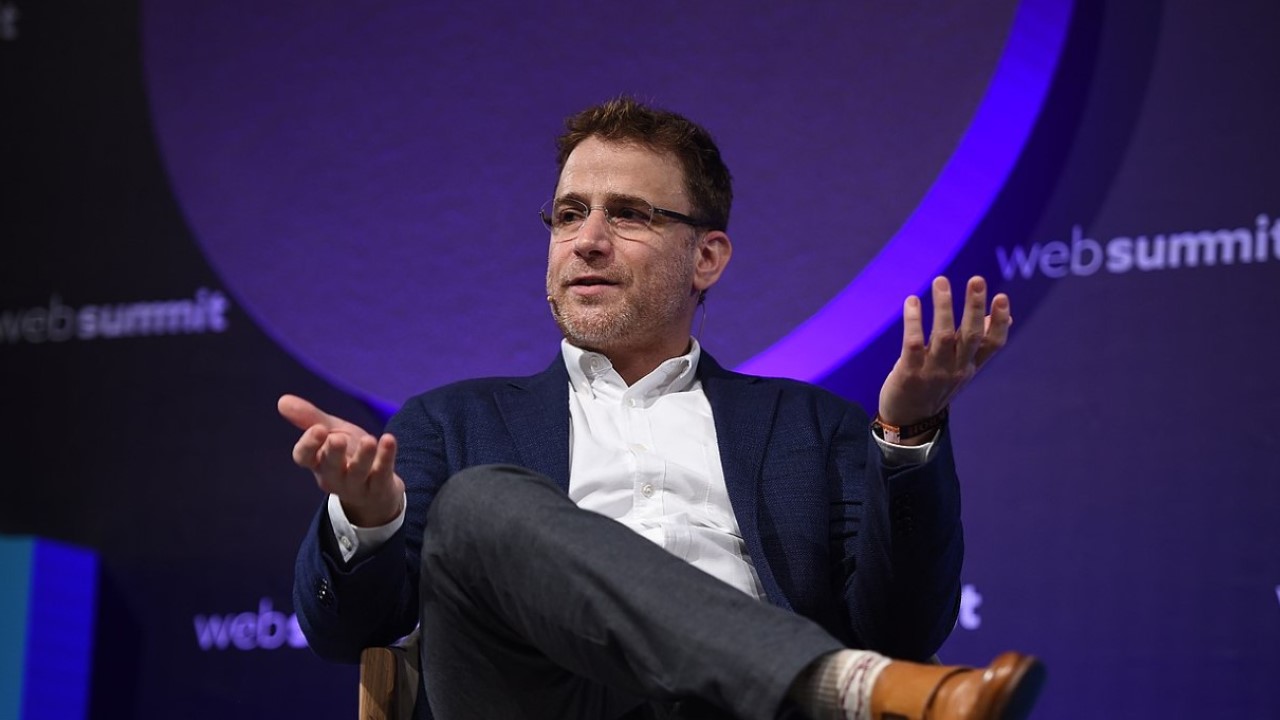
In 2002, Canadians Stewart Butterfield and Caterina Fake were web designers working on a game called Game Neverending, which wasn’t working out. They tanked the game concept and turned it into a social network for storing and sharing photos.
Flickr launched in 2004 and quickly gained millions of users. The UK Police even used it to aid their investigations. Unfortunately, it fell under the megalith that is Instagram, and while it still exists, it isn’t what it once was.
14. Marmite and Vegemite
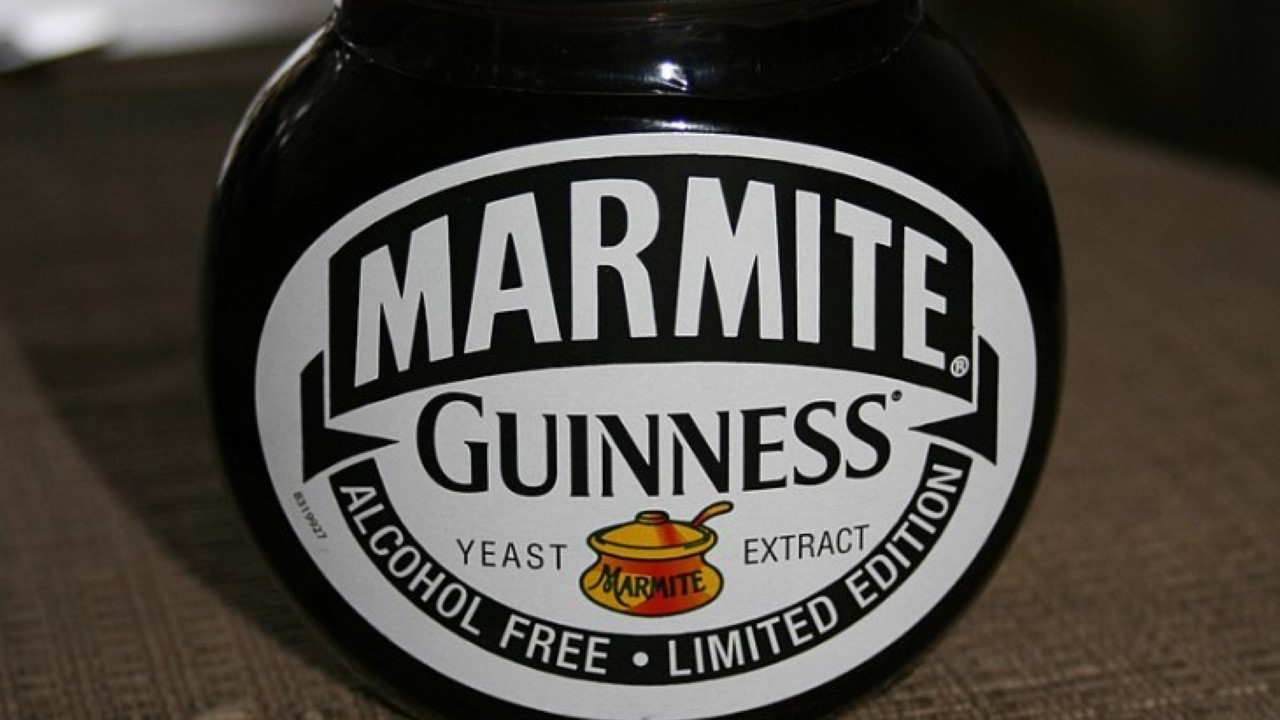
Americans don’t really understand the appeal of these products to British and Australian people. It might help to understand their origins. Brewer’s yeast was discovered by accident by a German scientist who realized that the waste product of beer could be turned into an edible, nutritious spread. It has plenty of vitamin B.
The Marmite company developed the product into a household name in the UK and Australia. Vegemite followed shortly after to become an iconic Australian product. Its popularity really only took off during World War II when Marmite wasn’t as freely available.
15. American Express
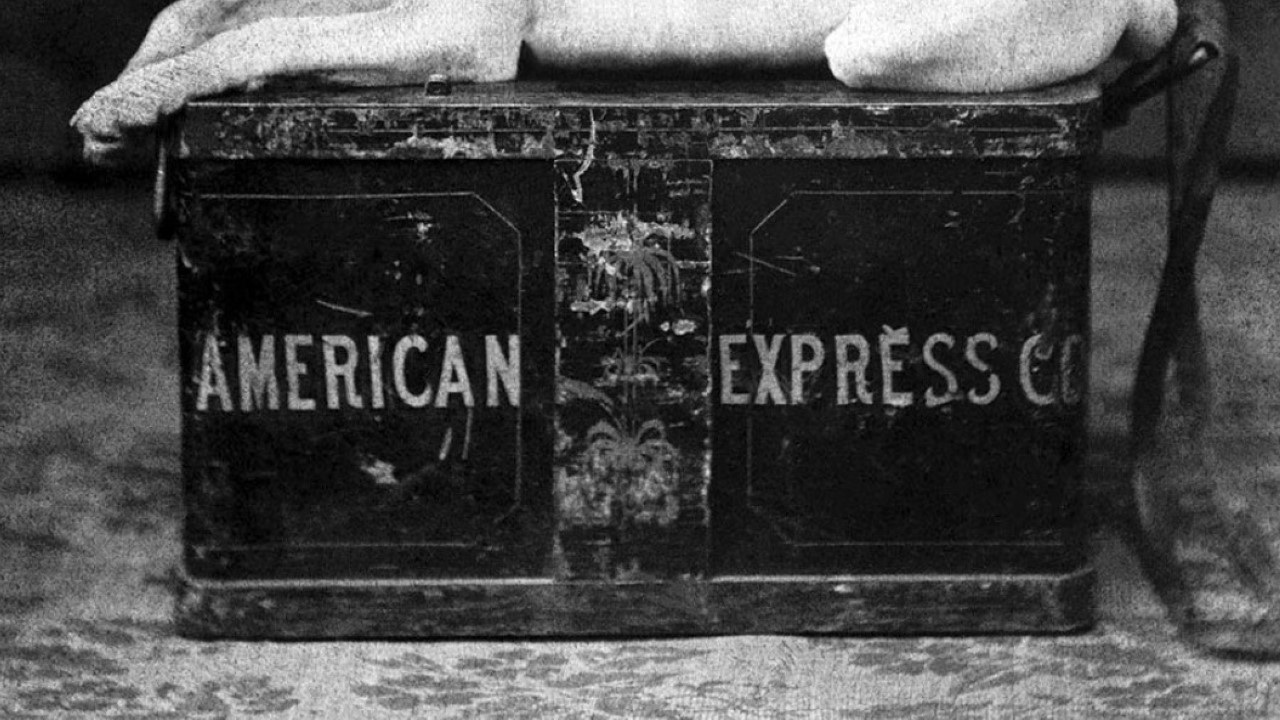
It’s a credit card company, right? Nope — well, not at first. American Express started as a freight business in 1850. By the 20th century, it also offered financial services such as traveler’s checks.
Today, Amex is a worldwide company that deals with banking, credit cards, and business payment systems. The fast freight service is long gone.
Ree Winter, an Australian journalist now based in New Orleans, combines her love for solo travel with a sharp eye for great flight and accommodation deals. She eagerly shares her travel insights with her audience, drawing from her rich experiences. Ree holds a Master's degree in Journalism and a Bachelor of Arts in Literature and History. Her fascination with history is evident in her stint as a tour guide at historic house museums, showcasing her knowledge of architectural history. Beyond journalism and history, Ree has a unique flair for coffee culture. As a barista, she's operated a coffee van at various events and markets, showcasing her skill in coffee preparation.
